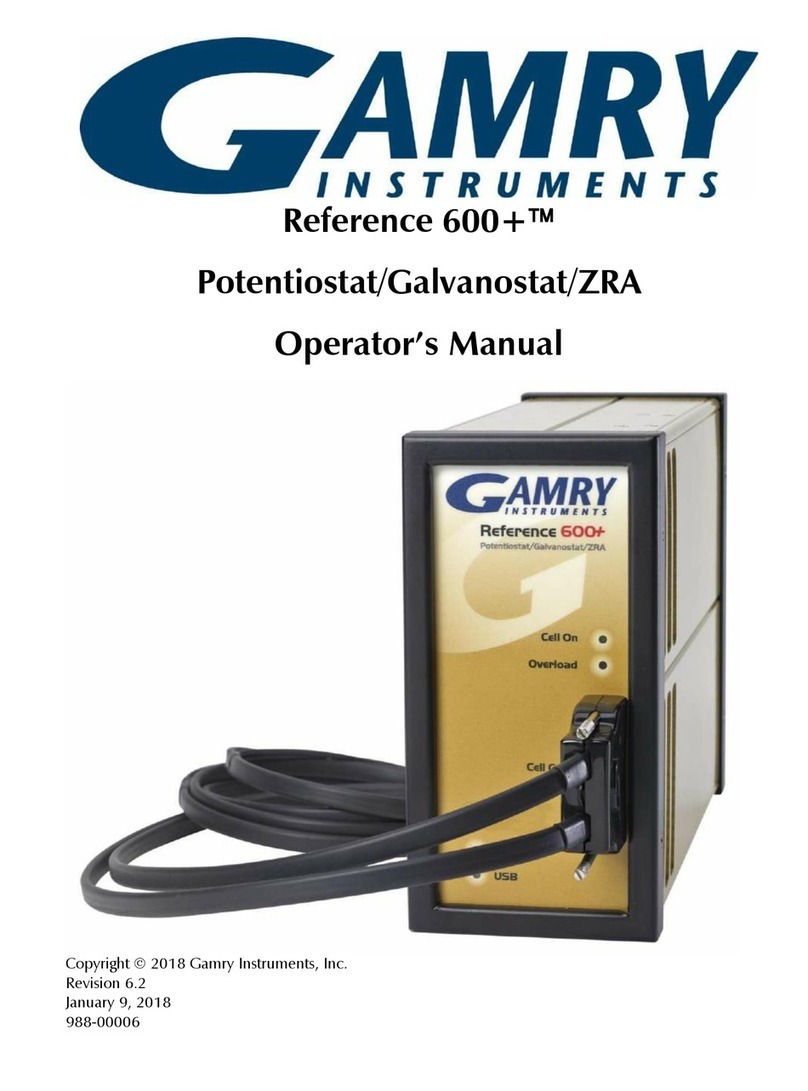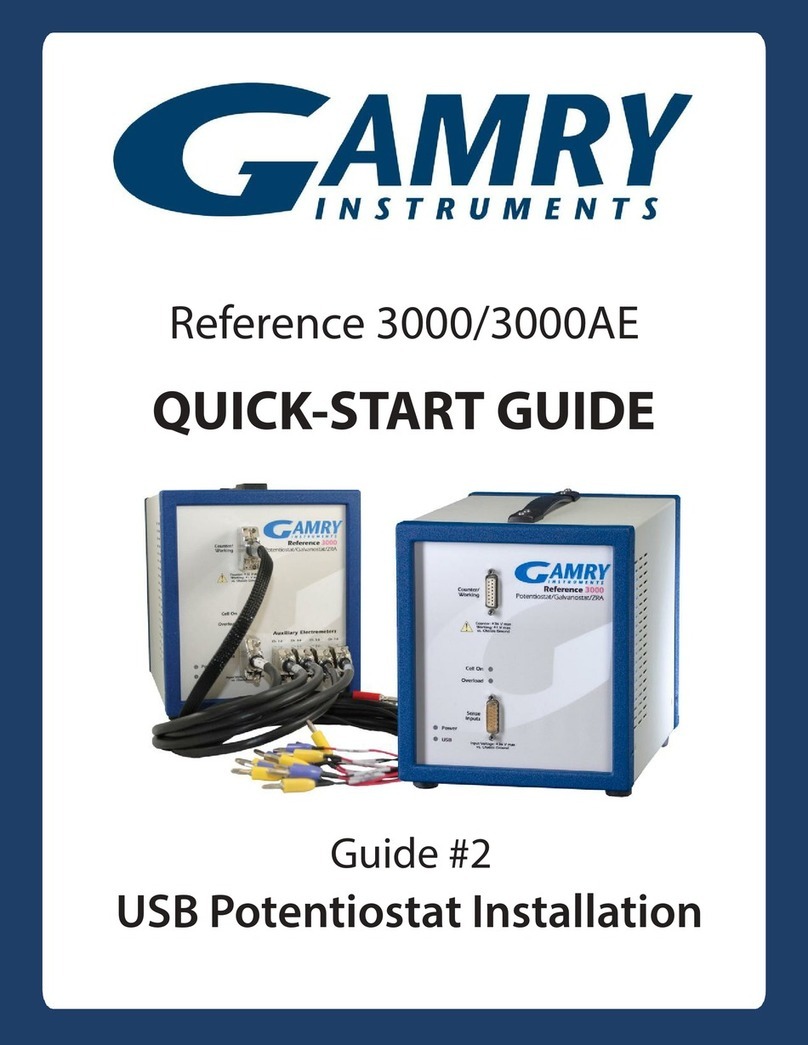
--
Ancillary Apparatus.............................................................................................. 5 1
AE Connections ...................................................................................................5 1
Fuses in the Cell Cable...................................................................................................... 5 1
Normal Cell Connections.................................................................................................. 5 1
ZRA Mode Cell Connections.............................................................................................5 3
Stack Mode Cell Connections ...........................................................................................5 4
Membrane Cell Connections............................................................................................. 5 5
Fuses in the Cell Cable...................................................................................................... 5 5
In line Fuse Holders and Fuses ............................................................................ 5 5
Fuses Located in the Cable Hood......................................................................... 5 6
Testing For Open Fuses ....................................................................................... 5 8
Chapter 6 Panel Indicators and Connectors.................................................................................6 1
Front Panel....................................................................................................................... 6 1
Counter/Working Connector................................................................................6 1
Sense Inputs Connector ....................................................................................... 6 1
The Power LED ................................................................................................... 6 1
The USB LED ......................................................................................................6 2
Cell LED..............................................................................................................6 2
Overload LED......................................................................................................6 3
Rear Panel........................................................................................................................ 6 3
Power In Jack ...................................................................................................... 6 3
Power Switch ......................................................................................................6 4
Chassis Ground ................................................................................................... 6 4
USB Port ............................................................................................................. 6 4
Thermocouple Input............................................................................................ 6 5
Misc I/O Connector ............................................................................................. 6 5
I Monitor BNC..................................................................................................... 6 6
E Monitor BNC.................................................................................................... 6 6
Ext. Sig. In BNC................................................................................................... 6 7
Sig Gen Out BNC................................................................................................ 6 7
Aux In BNC......................................................................................................... 6 7
Expansion Interface ............................................................................................. 6 8
Chapter 7 Auxiliary Electrometer Option ....................................................................................7 1
Overview ......................................................................................................................... 7 1
AC Performance and CMRR..............................................................................................7 1
Experiments ..................................................................................................................... 7 2
Connections Using Standard Cables .................................................................................. 7 2
Connections Using Custom Cables.................................................................................... 7 3
AE Specifications .............................................................................................................. 7 3
Chapter 8 Stability in Potentiostat Mode.....................................................................................8 1
Capacitive Cells and Stability ............................................................................................8 1
Improving Potentiostat Stability......................................................................................... 8 2
Chapter 9 Measurement of Small Current Signals........................................................................ 9 1
Overview ......................................................................................................................... 9 1
Problem Description......................................................................................................... 9 1
Measurement System Model and Physical Limitations .......................................................9 1
Johnson Noise in Zcell......................................................................................... 9 3
Finite Input Capacitance......................................................................................9 4
Leakage Currents and Input Impedance ...............................................................9 4
Voltage Noise and DC Measurements .................................................................. 9 5
Shunt Resistance and Capacitance ....................................................................... 9 5
Hints for System and Cell Design ...................................................................................... 9 6





























